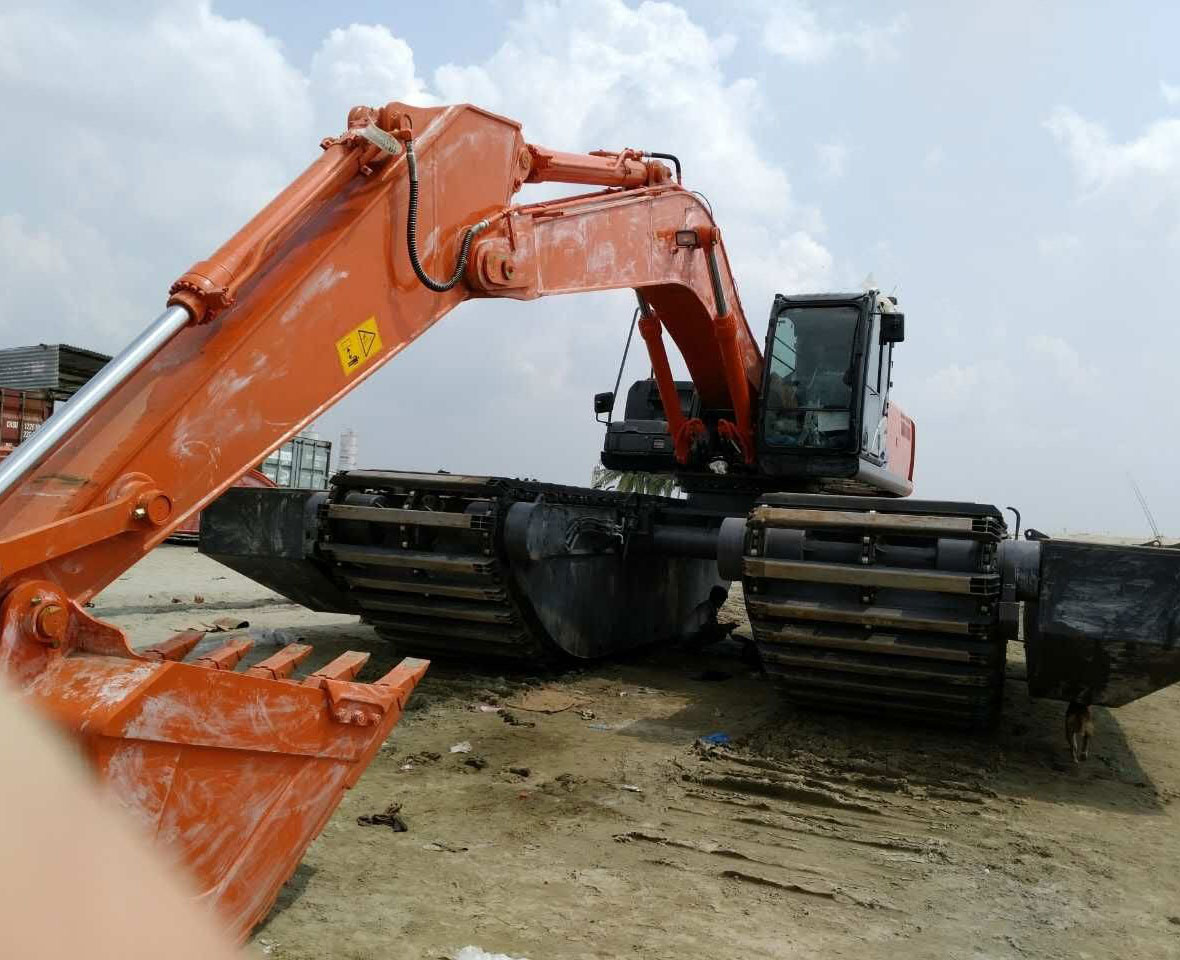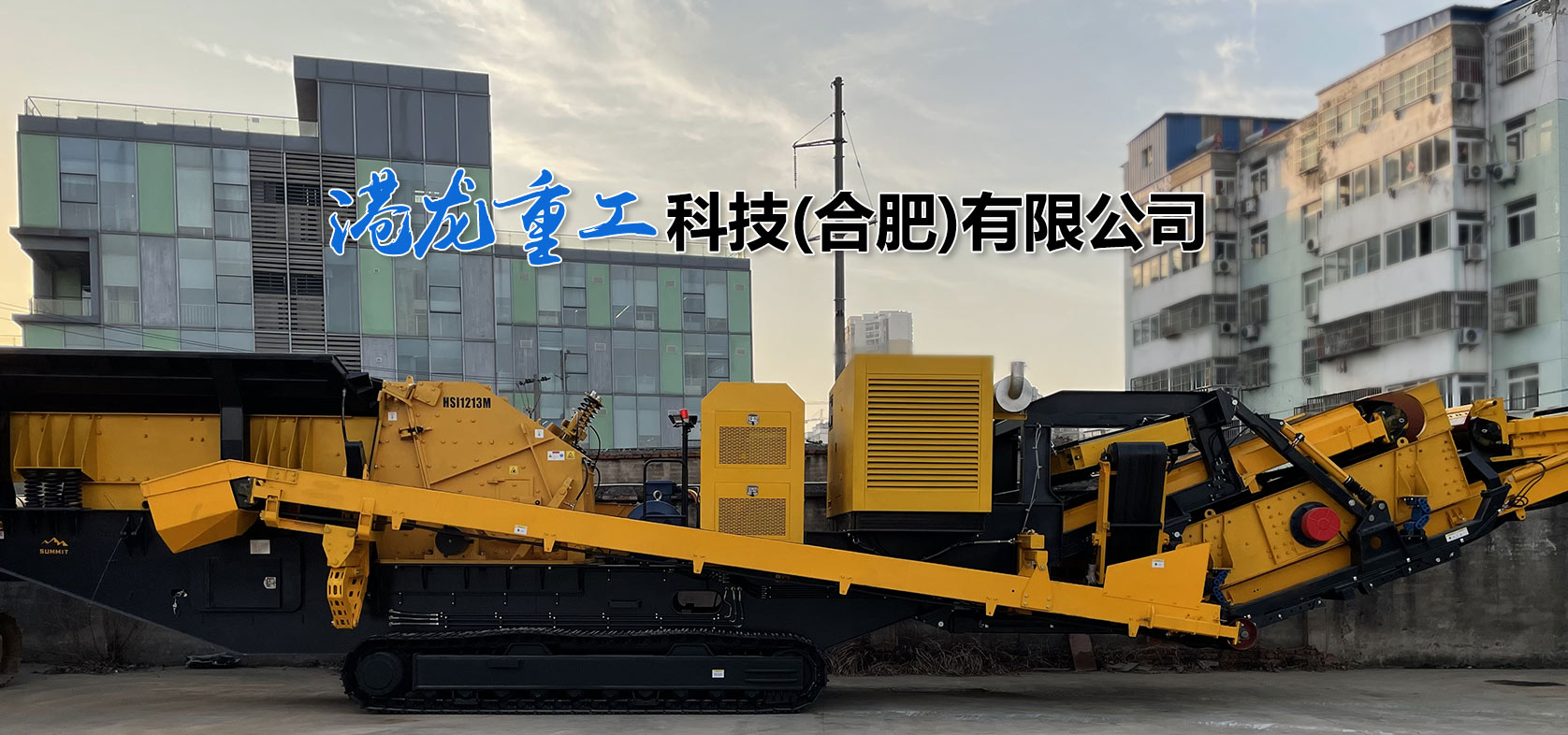 服務(wù)熱線
服務(wù)熱線
0551-65654706
產(chǎn)品知識(shí)
挖掘機(jī)船挖改裝的要點(diǎn)

挖掘機(jī)船挖改裝的要點(diǎn)可能包括以下幾個(gè)方面:
- 選擇合適的挖掘機(jī)型號(hào):建議使用合適的設(shè)備進(jìn)行改裝,因?yàn)檫@樣的設(shè)備通常具有更好的穩(wěn)定性和更強(qiáng)的承載能力。
- 增加自動(dòng)平衡控制系統(tǒng):這可以提升挖掘機(jī)的作業(yè)精度和*性,確保在復(fù)雜的水域環(huán)境中保持設(shè)備的穩(wěn)定。
- 工作狀態(tài)檢測(cè)系統(tǒng):通過(guò)增加工作狀態(tài)檢測(cè)系統(tǒng),可以實(shí)時(shí)監(jiān)控挖掘機(jī)的運(yùn)行狀況,及時(shí)發(fā)現(xiàn)并解決問(wèn)題。
- 遠(yuǎn)程控制系統(tǒng)和視頻監(jiān)控系統(tǒng):這些系統(tǒng)的增加可以擴(kuò)大挖掘機(jī)的作業(yè)范圍,同時(shí)提高操作的*性,尤其是在視野受限的水工環(huán)境中。
- 智能故障診斷系統(tǒng):智能化的故障診斷系統(tǒng)可以幫助操作人員快速定位問(wèn)題,減少故障處理時(shí)間。
- 加長(zhǎng)臂改裝:挖掘機(jī)加長(zhǎng)臂改裝可以擴(kuò)大覆蓋范圍,使挖掘機(jī)能夠在水中進(jìn)行更遠(yuǎn)距離的挖掘作業(yè)。
- 浮船式或浮筒式設(shè)計(jì):根據(jù)不同的水上作業(yè)需求,船挖機(jī)可以分為浮船式和浮筒式兩種,以適應(yīng)不同的水域環(huán)境。
- 結(jié)構(gòu)加固:由于水上作業(yè)的特殊性,挖掘機(jī)的結(jié)構(gòu)可能需要進(jìn)行加固,以承受水流的沖擊和腐蝕。
- 防水處理:對(duì)挖掘機(jī)的電氣系統(tǒng)和液壓系統(tǒng)進(jìn)行防水處理,以防止水分侵入導(dǎo)致設(shè)備損壞。
- 適應(yīng)水環(huán)境的附件:使用特殊的挖掘斗或其他附件,以適應(yīng)水下作業(yè)的特殊要求。
綜上所述,在進(jìn)行挖掘機(jī)船挖改裝時(shí),需要綜合考慮工程需求、環(huán)境特點(diǎn)以及設(shè)備本身的性能,選擇合適的改裝方案,確保改裝后的挖掘機(jī)能夠*、高效地完成水上挖掘任務(wù)。同時(shí),改裝過(guò)程中應(yīng)遵循相關(guān)的技術(shù)規(guī)范和*標(biāo)準(zhǔn),確保改裝質(zhì)量。
The key points of excavator ship modification may include the following aspects:
Choose the appropriate excavator model: It is recommended to use appropriate equipment for modification, as such equipment usually has better stability and stronger load-bearing capacity.
Adding an automatic balance control system: This can improve the operational accuracy and safety of excavators, ensuring the stability of equipment in complex water environments.
Work status detection system: By adding a work status detection system, the operation status of the excavator can be monitored in real time, and problems can be detected and solved in a timely manner.
Remote control systems and video surveillance systems: The addition of these systems can expand the operating range of excavators while improving operational safety, especially in hydraulic environments with limited visibility.
Intelligent fault diagnosis system: An intelligent fault diagnosis system can help operators quickly locate problems and reduce fault handling time.
Extended arm modification: Extending the arm modification of an excavator can expand the coverage range, allowing the excavator to perform further excavation operations in water.
Floating boat or pontoon design: According to different water operation requirements, ship excavators can be divided into two types: floating boat and pontoon to adapt to different water environments.
Structural reinforcement: Due to the particularity of water operations, the structure of excavators may need to be reinforced to withstand the impact and corrosion of water flow.
Waterproof treatment: Waterproof the electrical and hydraulic systems of the excavator to prevent water from entering and causing equipment damage.
Accessories suitable for water environment: Use special excavation buckets or other accessories to meet the special requirements of underwater operations.
In summary, when carrying out excavator ship excavation modification, it is necessary to comprehensively consider engineering requirements, environmental characteristics, and the performance of the equipment itself, and choose a suitable modification plan to ensure that the modified excavator can safely and efficiently complete water excavation tasks. Meanwhile, relevant technical specifications and safety standards should be followed during the modification process to ensure the quality of the modification.



